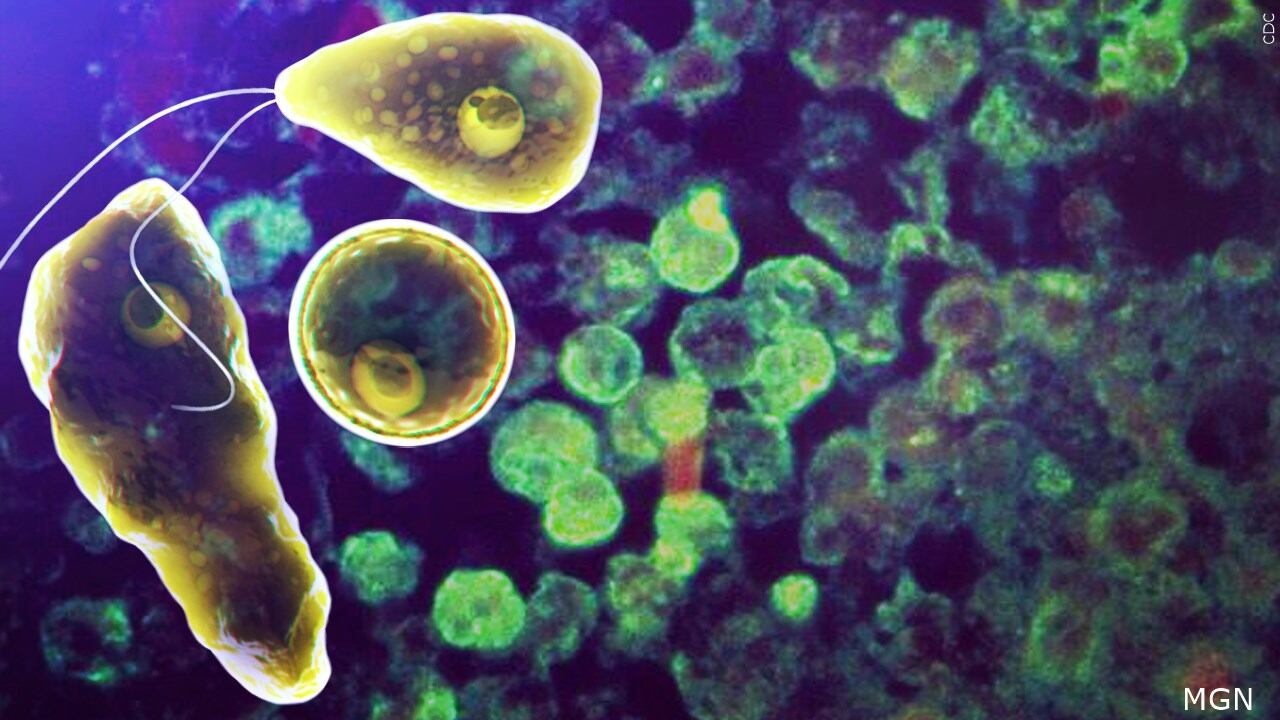Man dies from deadly brain-eating amoeba in South Carolina, hospital confirms

Understanding the Threat of the Brain-Eating Amoeba
In a recent development, health officials in South Carolina confirmed a case involving a deadly brain-eating amoeba, raising concerns among residents and experts alike. The incident was reported by Prisma Health Children’s Hospital, which disclosed that a patient infected with the amoeba had recently passed away. While specific details about the case remain undisclosed, the confirmation has prompted a deeper discussion about the risks associated with this rare but dangerous organism.
What Is Naegleria fowleri?
Naegleria fowleri is a microscopic amoeba commonly found in warm freshwater environments such as lakes, rivers, and ponds, particularly in the southeastern United States. It is known for its ability to cause a severe and often fatal infection called primary amebic meningoencephalitis (PAM). This infection occurs when the amoeba enters the body through the nasal passages, travels to the brain, and begins to destroy brain tissue.
According to the South Carolina Department of Public Health, this was the first confirmed case of Naegleria fowleri in the state this year. Although the exact location of the infection has not been revealed, officials have emphasized that the general public is not at significant risk.
Expert Perspectives on Public Safety
Dr. Linda Bell, South Carolina State Epidemiologist, addressed concerns about the public's safety in relation to this case. She noted that while the amoeba is prevalent in certain water bodies, it is extremely rare for individuals to contract the infection. On average, there are about 10 cases per year in the United States, which she described as “extremely rare.”
Bell explained that the likelihood of encountering the amoeba in a way that leads to infection is very low, especially for people engaging in recreational water activities. However, she did recommend that individuals take precautions, such as avoiding submerging their heads in warm freshwater or using nose clips when swimming in such areas.
She also clarified why the Department of Public Health does not typically provide updates on Naegleria fowleri infections. Since there are no public health interventions available to eliminate the amoeba from the environment, the focus remains on educating the public and promoting safe practices rather than issuing frequent updates.
How the Amoeba Spreads
Dr. Anna Kathryn Burch, a pediatric infectious disease physician at Prisma Health Children’s Hospital, provided further insight into how the amoeba behaves in different environmental conditions. She noted that as temperatures rise, the number of amoebas in water bodies increases. Additionally, during periods of high heat, water levels may drop, concentrating the amoebas in smaller volumes of water.
Despite these factors, Burch emphasized that most people who come into contact with Naegleria fowleri do not experience any adverse effects. She advised parents to teach children to blow out their noses when entering water or to hold their nose while jumping in. Using nose clips can also help reduce the risk of infection.
Treatment and Medical Response
When a child is infected with Naegleria fowleri, they are typically admitted to the intensive care unit due to the severity of the symptoms. These may include seizures, fever, and other neurological complications. In many cases, patients require intubation and ventilator support, along with a combination of antibiotics and antimicrobial treatments.
Burch noted that treatment options are limited due to the rarity of the infection. There is currently no well-established protocol for treating PAM, which makes early detection and intervention critical. Prisma Health Children’s Hospital collaborates with the Centers for Disease Control and Prevention (CDC) to ensure the best possible care for affected patients.
Staying Informed and Taking Precautions
As the situation continues to develop, it is important for the public to stay informed and follow recommended safety guidelines. While the risk of infection is low, taking simple precautions can significantly reduce the chances of coming into contact with Naegleria fowleri. As more information becomes available, health officials will continue to provide updates to ensure community awareness and safety.
Post a Comment for "Man dies from deadly brain-eating amoeba in South Carolina, hospital confirms"
Post a Comment